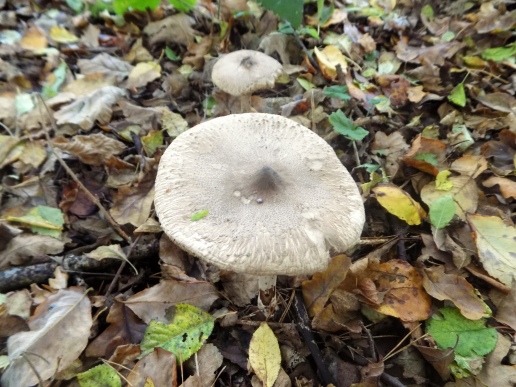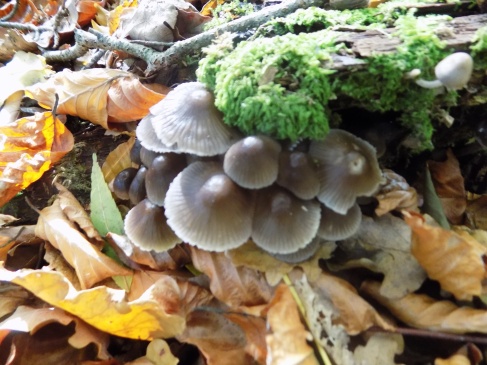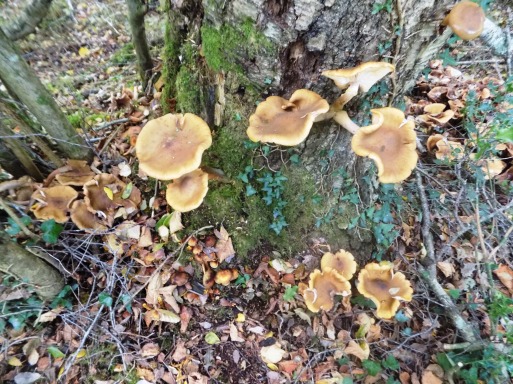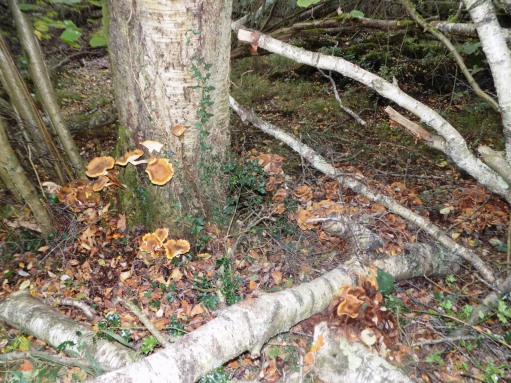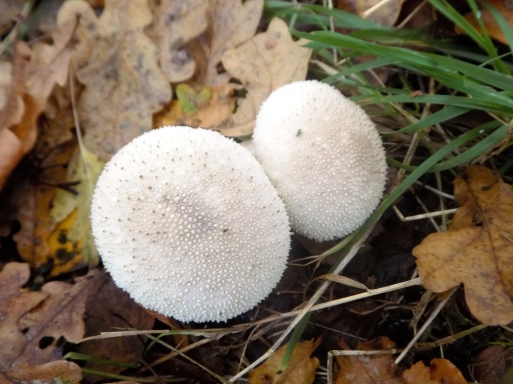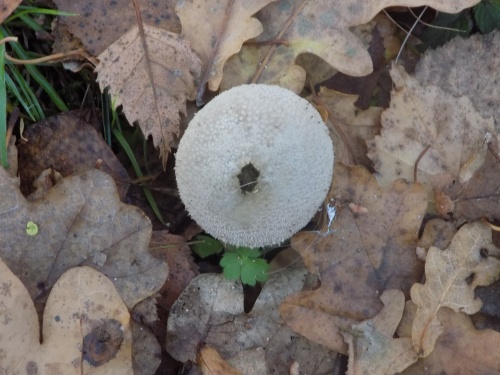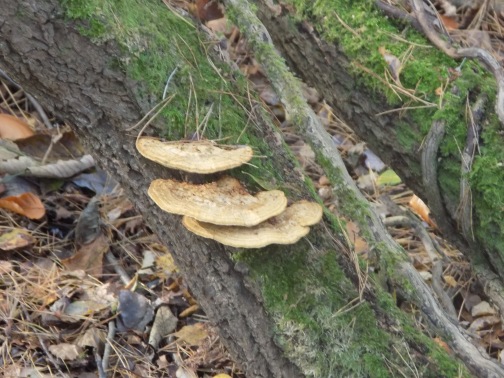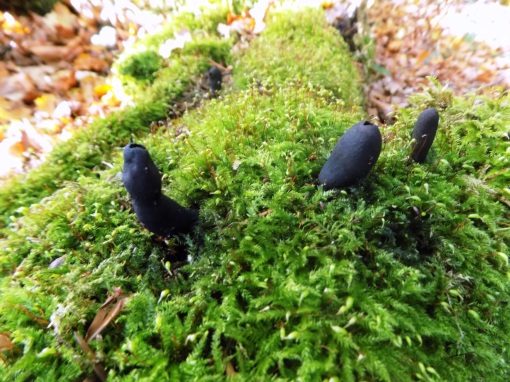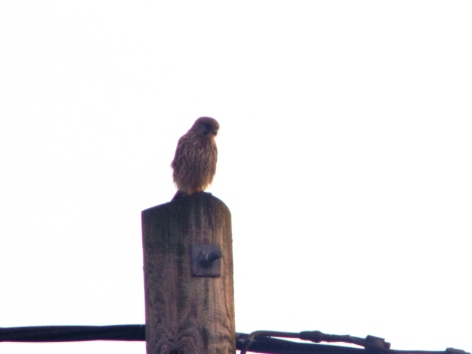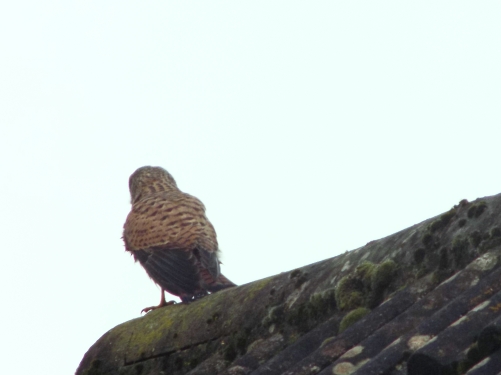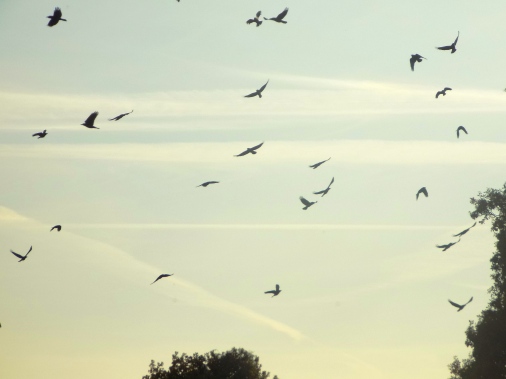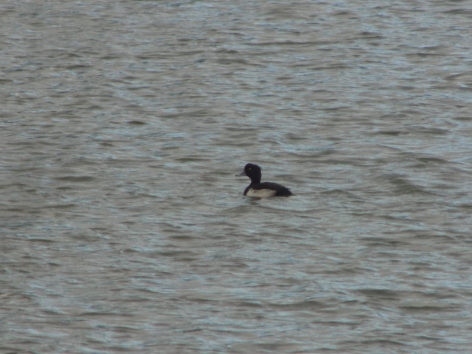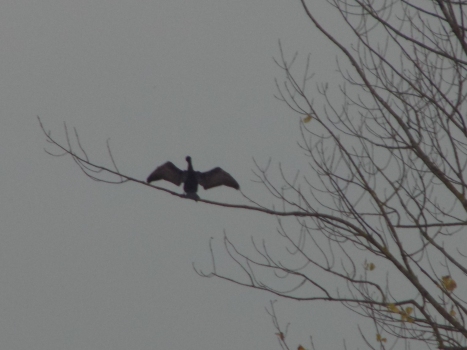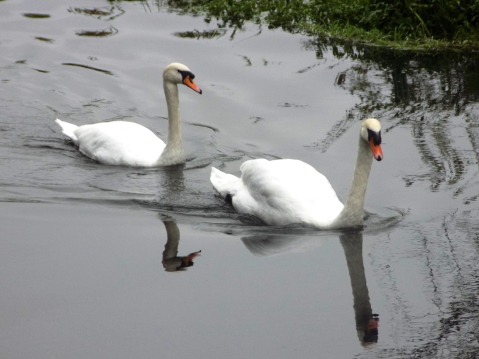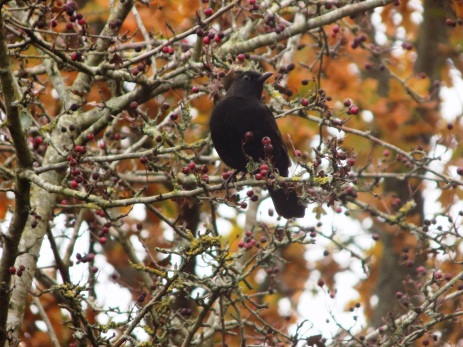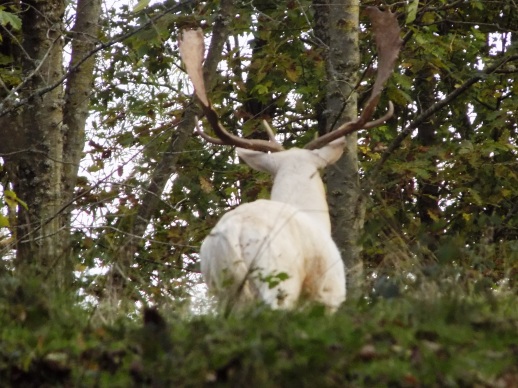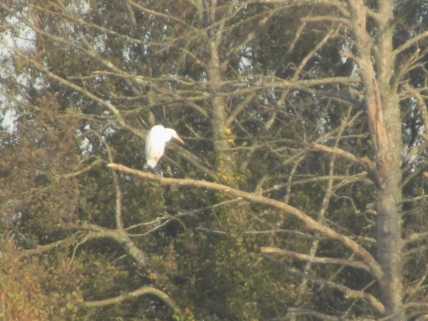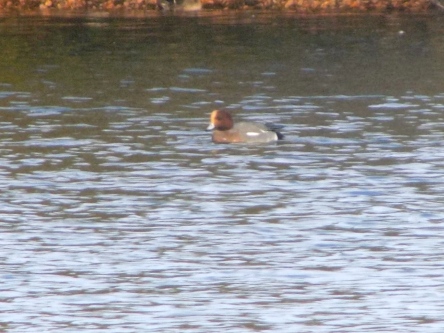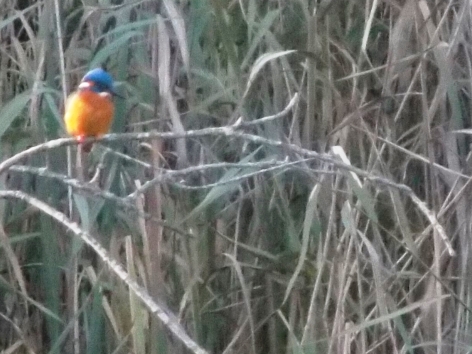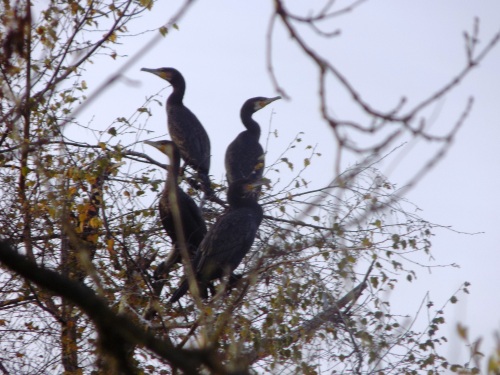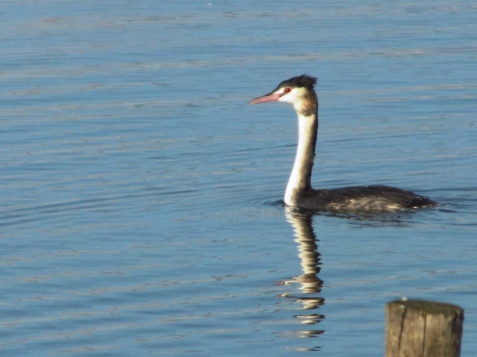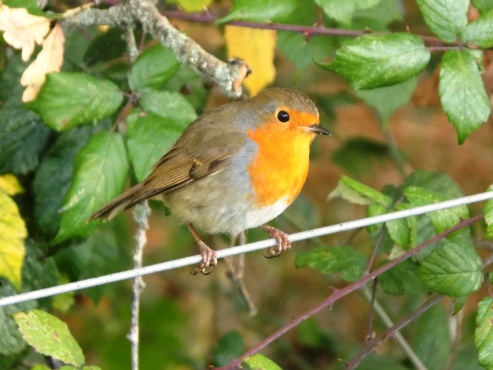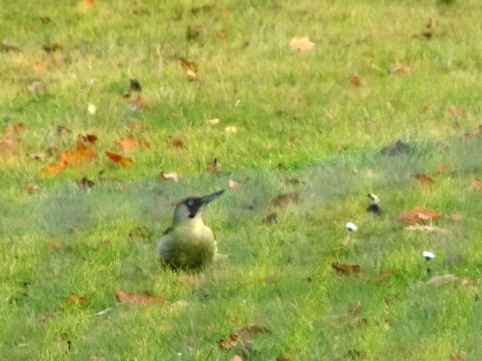It's perhaps the worst time of year for wildlife watching. Sure, there's always plenty of wildlife to see but the weather is poor and the daylight is short. Nonetheless I've been endeavouring to get out and about where I can and this is my week in wildlife.
Last Sunday I made a quick visit to Blashford Lakes, although I was frustrated by how busy the reserve was. As someone younger than most of the visitors I felt shunned by most of them and no-one showed the slightest inclination to make room in the hides for me. Still, whilst they were all looking out for the Great White Egret amongst other things I managed to bump into it on my way back to the car. It was my best view yet of this stunning bird.
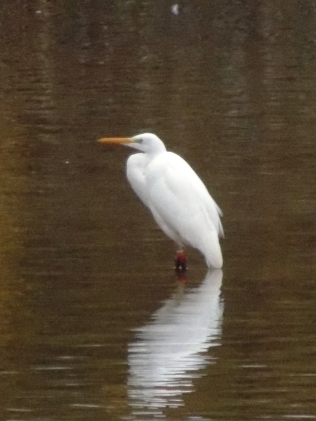
I also managed to get good views of some shoveler and a wigeon. It was the first time I've seen a wigeon so near me so I had an excellent opportunity to admire it's stunning gold crest.

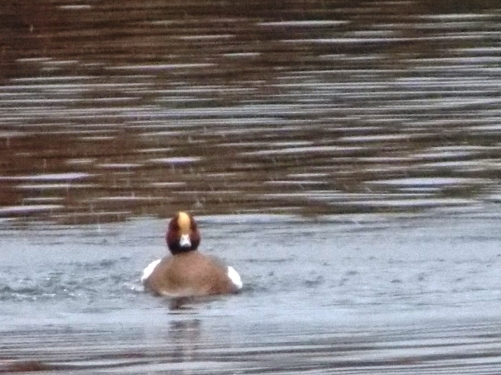
We had our first bit of bad weather of the season on Sunday and Monday as Storm Angus hit the South of England. We didn't get it as bad as some but still had an inch of rain in 24 hours. By Wednesday the local rivers, the Stour and the Avon, had swelled significantly.
However, we've had little rain in the last few months so though the ground is now wet by yesterday there was little sign at the Avon that we'd had so much rain. You could see where the river had swelled and both mallards and mute swans were taking advantage of this.
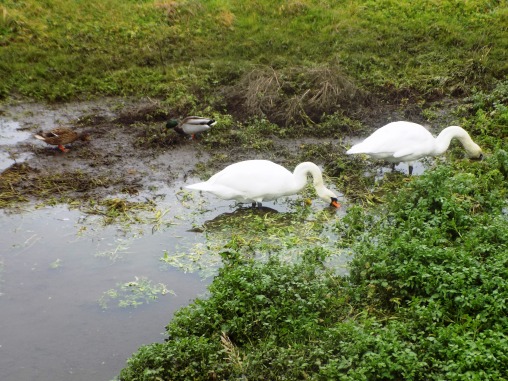
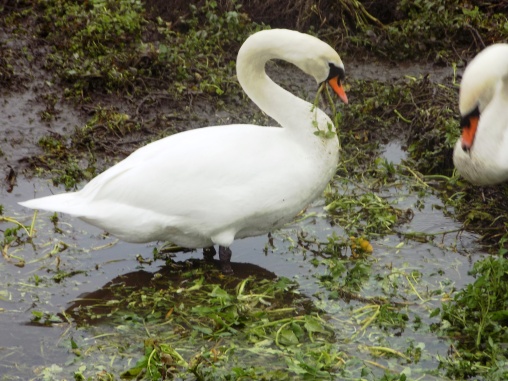
There was also the usual little egret on the river also searching for food.
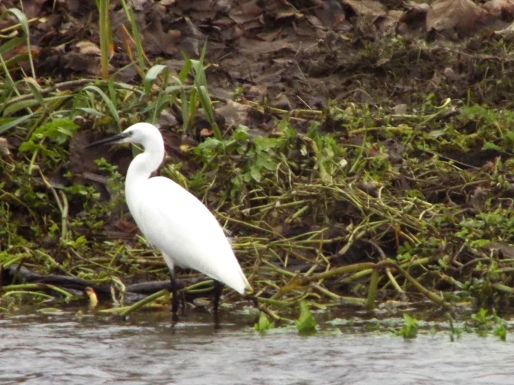
It still amazes me just how successful little egrets have become. A few years ago I'd never seen one and now you're hard pressed to go to a stretch of water locally and not spot one.
The rising water levels may have moved on the deer I've been seeing near the river recently. For the first time in over a month they were no-where to be seen yesterday. There's a fair chance they are somewhere near the area but the ground is only going to get boggier over the next few months.
There were plenty of small birds in the trees near the Avon yesterday, especially goldcrests and long-tailed tits. The trouble is that both are small and agile and getting photos of them is really tricky, especially on a murky day. This is the best I managed!
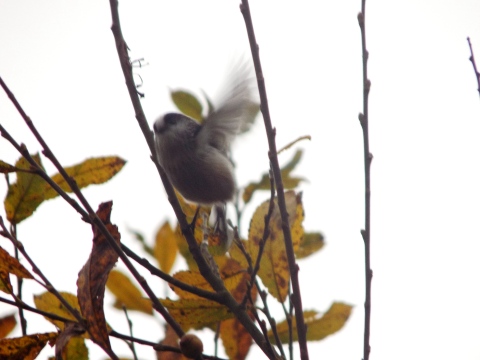
On the farmland near home I saw a field which was full of mistle thrushes. They are a bird in decline so it was lovely to see so many in the area.

Whilst I was admiring the thrushes I saw this huge flock of crows appear in the sky. All the main corvids are around in big numbers at the moment.
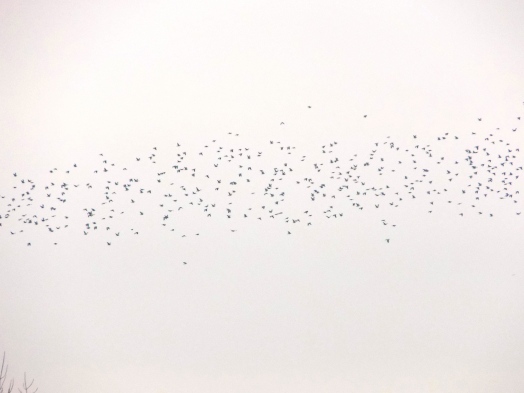
Today I headed a little further afield and went for a walk near the village of Studland and Dorset's famous Old Harry Rocks. On a windy November day it was clear it wasn't the best place for wildlife watching.
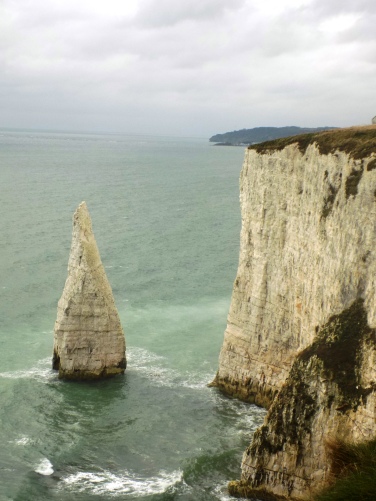
You look at that photo and imagine that there can't really be much life there. But life always finds away. On top of one of the stacks I saw this great black backed gull sat happily.
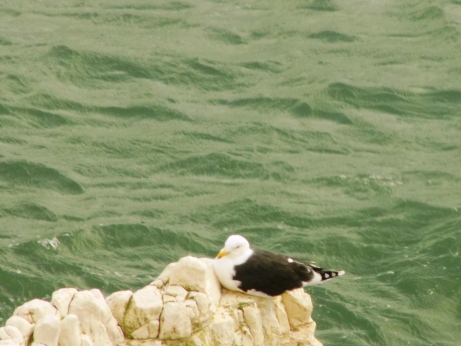
And even on those steep cliffs there were birds! I could see lots of small birds hopping around on one cliff- I think they were probably rock pipits.
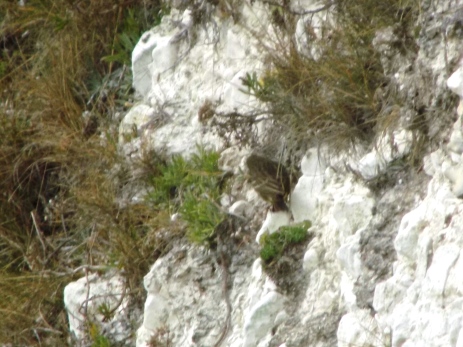
Despite the winds there were plenty of pied wagtails on Knoll Beach too.

So that was my week in wildlife. I suspect my posts will be a little less regular over the Winter but I will strive to bring you what I can!


